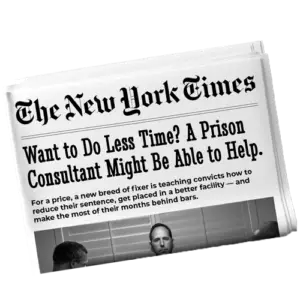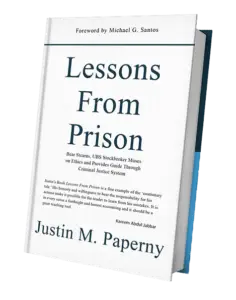What’s the Hardest Part of Getting Out of Prison?
It’s not the bars. It’s doing the work every day without knowing when—or if—it will matter. You leave prison facing a gap between effort and return, and that gap can swallow you.
Why Reentry Trips People Up More Than Prison
The Department of Justice and nonprofits use terms like “reentry,” but what doesn’t get said is this: your release doesn’t come with a path. You have to build it, knowing results may take years.
Barriers aren’t just about employment or parole. Pew found that incarceration drastically reduces long-term financial prospects, and many are left disconnected from work and housing. The National Inventory of Collateral Consequences (NICCC) reveals tens of thousands of laws that follow you after finishing a sentence—blocking jobs, housing, public benefits, even civic life.
You’re not entering freedom. You’re entering an obstacle course.
Case Example: Release Day vs. Six Years Later
On August 16, my son asked: “Dad, what was the hardest part about getting out of prison?” I said: “Doing the work every day, not knowing if it would ever help.”
That first day I started writing. I did it in fits—five hours, record-keeping, hope without reward. Six years later, the opportunities started to show—clients, credibility, a platform. It all traced back to that day I chose not to chase shortcuts, but to grind.
Why Segmenting Your Time Matters
I internalized a system that kept me grounded:
- 5 minutes – Figure out the immediate next task.
- 50 minutes – Focus on that task free of distraction.
- 1 day – Track progress, no matter how small.
- 1 week – Build routine.
- 1 month – Validate persistence and stick to it.
This isn’t about comfort. It’s how you get through days that seem like a waste.
Q&A: What Defendants Need to Know About Life After Prison
Q: What’s harder—prison or release?
Release. In prison, everything is scheduled. Afterwards, you’re on your own—and that void is where most people stumble.
Q: Do programs set you up for reentry?
Some exist—like Residential Reentry Centers—but they only scratch the surface. You face thousands of laws and hidden barriers just walking into your community.
Q: How long does it take to recover?
For me, six years before I could say the grind paid off. For others, it varies—but ignoring documentation and daily effort only delays it.
Steps to Start Now If You’re Facing Sentencing
If you can’t act after release, start before you walk out:
- Document your habits now – Writing, volunteering, restitution, reading—track them.
- Learn about collateral consequences – Use NICCC to see what laws might block you
- Accept the timeline – Credibility rebuilds in years, not months.
The hardest part of getting out isn’t the gate—it’s doing steady, unglamorous work when results feel invisible. Start today—write, record, repeat.
Join our Tuesday webinar at 11AM Pacific / 2PM Eastern, or schedule a personal call to learn how to prepare now for the hardest part of reentry.
Justin Paperny
Director – White Collar Advice



